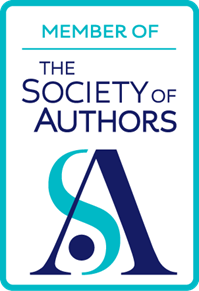(Federico Varese (ed.), Bodleian, £30)
I submitted my review of this book to Teach Secondary magazine, an educational magazine in the UK. The first review below is what the magazine published. The second one is what I actually wrote!
Published version
Despite the title, this book is much more than a mere book of tips on the craft of writing. For one thing, we learn a great deal about le Carré’s meticulous research process for his novels, which extended as far as visiting the places where they were set and reaching out to local experts and other contacts - hence the exquisite detail and sense of grounded realism readers came to expect from his writing. Beyond that, we also learn something of the international espionage, criminal exploits and corporate machinations that drove his plots, making this book a useful source for students of politics. Media studies students will likely find much of interest in a chapter on his novels’ various screen adaptations, while English students and budding writers won’t want to miss the descriptions of le Carré’s working methods, complete with annotated typescripts. Highly recommended.
My original version
Don’t let the title mislead you. This is so much more than a book of tips on the craft of writing. Not only do we learn about le Carré’s meticulous research for his novels. This included visiting the areas in which they were set, reaching out to local experts, and then seeking out other contacts. Thus his books are exquisitely detailed, and example of the approach known as “realism”. But beyond that, we also learn something of the world of international politics, the underworld, and multinational corporations, making this book a useful source for students of politics. Media Studies students will find the chapter on adapting the novels to the screen interesting, while in History (as well as English) students will be challenged to discuss the question of ‘what is truth?’. Budding writers will also be intrigued by the descriptions of the writer’s working methods, illustrated with annotated typescripts. Highly recommended.
For additional comments and illustrations, please see this article.

